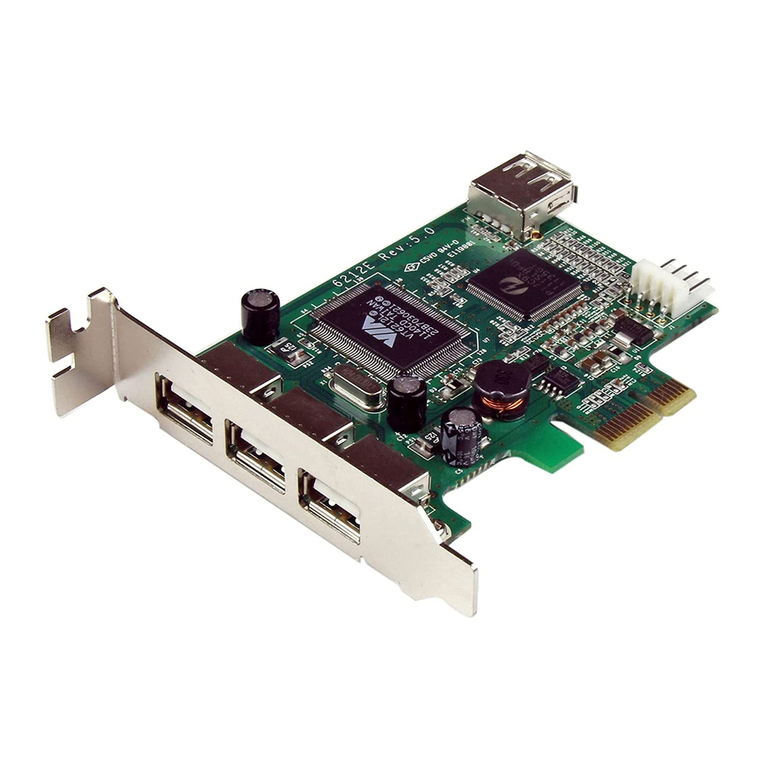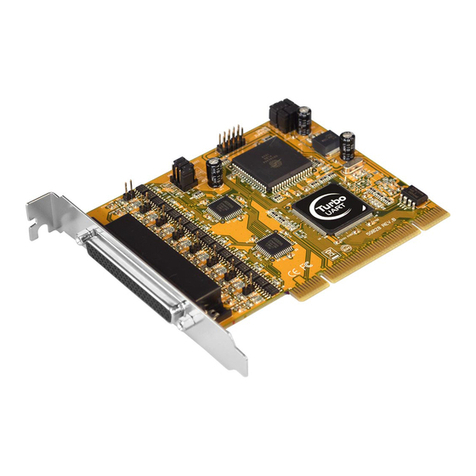RS-422/485 Multiport Serial PCI Card
Contents
1. Introduction........................................................................1
2. Package Check List ..........................................................2
3. Board Layouts and Connectors .......................................3
3.1 2S with DB9 Male Connectors...........................................3
3.1.1 JP5: UART Input Clock Speed Selector.....................3
3.1.2 JP1: RS-422/485 Mode Selector .................................4
3.1.3 S1,S2 Connector Pin Assignments..............................5
3.1.4 S1,S2 Terminator Settings.............................................5
3.2 2S with Terminal Block Connectors..................................6
3.2.1 JP5: UART Input Clock Speed Selector.....................7
3.2.2 JP1: RS-422/485 Mode Selector .................................7
3.2.3 S1,S2 Terminal Block Connectors Pin Assignments.8
3.2.4 S1,S2 Terminator Settings.............................................8
4. Installing the RS-422/485 PCI Card ..................................10
5. Installing Drivers.................................................................11
5.1 Windows 98, ME, 2000, XP, 2003.......................................11
5.2 Windows NT 4.0...................................................................12
6. Set RS-485 in 2-wire (Half Duplex) Mode.........................13
6.1 Windows 2000, XP ..............................................................14
6.2 Windows 98, ME..................................................................15
7. Set High Baud Rate............................................................16
7.1 Windows 2000, XP ..............................................................16
7.2 Windows 98/ME..................................................................17
8. Application Wiring.............................................................19
8.1 RS-485 (Transmitter is controlled automatically by ATTATM
Hardware) ..................................................................................19
8.2 RS-422 (Transmitter buffer is always enabled)................20





























